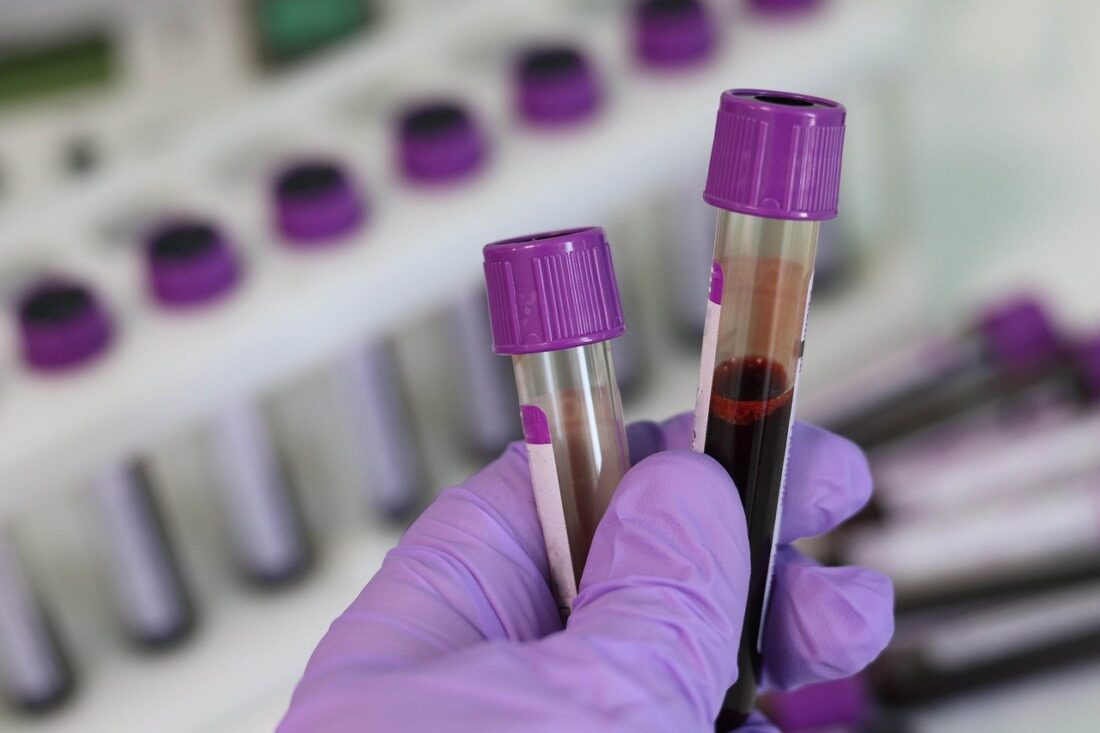 Blood is a connective tissue of the body, which consists of a fluid component called plasma, as well as red and white blood cells and platelets. All the stem cells of blood originate in the marrow of the bones. These cells then differentiate into the red blood cells or white blood cells that the body needs. While red blood cells carry oxygen and carbon dioxide, the white blood cells form our immune system.
Blood is a connective tissue of the body, which consists of a fluid component called plasma, as well as red and white blood cells and platelets. All the stem cells of blood originate in the marrow of the bones. These cells then differentiate into the red blood cells or white blood cells that the body needs. While red blood cells carry oxygen and carbon dioxide, the white blood cells form our immune system.
All the cells of the body receive nutrients and oxygen from the blood and at the same time, release waste products and carbon dioxide into the blood. Blood also carries important substances such as hormones and electrolytes that the body needs, and even helps regulate the pH of the body which is important for many chemical reactions.
Knowing about the different constituents of blood has enabled doctors to use blood and its various parts, to treat patients with different conditions. Blood transfusions are common for patients who have suffered injury leading to too much blood loss. It is very important for such patients that their blood volume is increased, but it is crucial that proper blood typing is done to make sure the blood used for transfusion will not cause an adverse reaction. If the wrong type of blood is transfused then the cells simply stick together, which can lead to death.
Blood plasma increases the blood pressure of people who are hypotensive because of bleeding; the blood also has platelets and proteins necessary for clotting. Transfusions are often needed by people with hemophilia because they do not have enough clotting factors and can easily bleed to death from minor injuries.
PRP therapy and its uses
Platelet-rich plasma therapy, known as PRP, has been used in certain medical procedures such as elbow or knee surgeries to help with healing of tissues. The PRP therapy is also a beneficial treatment when used alone or in conjunction with a hair transplant during FUE hair transplants; such a method is used at the Vera Clinic in Turkey.
The way that PRP is done is that a sample of the patient’s own blood is removed. The sample is placed into a centrifuge, which spins at a high rate of speed such that the components of the blood separate out based on size and density. A sample of the plasma is then prepared by adding concentrated numbers of platelets; this is then injected into a patient where it is needed most, for instance, where hair follicles have been transplanted.
Scientists are also eager to investigate the use of PRP therapy to help people suffering from the chronic and very disabling condition of osteoarthritis. PRP also contains growth factors which are proteins that can stimulate growth and repair of damaged tissues, and thus the idea is that this can help people with arthritis where tissues have been worn away. Such research is ongoing and the treatment of arthritis by PRP therapy has not yet been approved in the United States, but findings from studies are encouraging.







